S6 promotes storytelling.
Storytelling is an ancient art form and a valuable human expression. Storytelling includes many elements.
- Storytelling encourages the listeners' imaginations.
In storytelling, the listener imagines the story. In most traditional theater or in a typical dramatic film, on the other hand, the listener enjoys the illusion that the listener is actually witnessing the character or events described in the story.
The storytelling listener’s role is to actively create the vivid, multi-sensory images, actions, characters, and events—the reality—of the story in his or her mind, based on the performance by the teller and on the listener’s own past experiences, beliefs, and understandings. The completed story happens in the mind of the listener, a unique and personalized individual. The listener becomes, therefore, a co-creator of the story as experienced. - Storytelling is interactive with interactions among the storyteller and listeners.
Listeners influence the telling. Storytelling has no barrier between the speaker and listeners, unlike theater's imaginary “fourth wall.”
Different cultures and situations create different expectations for the exact roles of storyteller and listener – who speaks how often and when, for example – and therefore create different forms of interaction. Interactive storytelling connects the teller and audience and has immediacy and impact. - Storytelling uses language, unlike dance and mime. Yet storytelling uses actions, vocalizations, physical movements and gestures. These actions are the parts of spoken or manual language other than words. Their use distinguishes storytelling from writing and text-based computer interactions. Not all nonverbal language behaviors need to be present in storytelling. Some storytellers use body movement extensively, for example, whereas others use little or none.
- Storytelling presents a story —a narrative. Many other art forms also present story, but storytelling presents it with the other four components. Every culture has its own definition of story. What is recognized as a story in one situation may not be accepted as one in another. Some situations call for spontaneity and playful digression, for example; others call for near-exact repetition of a revered text. Art forms such as poetry recitation and stand-up comedy sometimes present stories and sometimes don’t. Since they generally involve the other four components, they can be regarded as forms of storytelling whenever they also present stories.
Storytelling can be combined with other art forms.
Some who are into contemporary storytelling get a rush from the different ways of combining storytelling with drama, music, dance, comedy, puppetry, and numerous other forms of expression.
Storytelling happens in many situations.
From kitchen-table conversation to religious ritual, stories are everywhere. Telling stories happens in the course of one's work to performances for thousands of paying listeners.
Some storytelling situations demand informality; others are highly formal. Some demand certain themes, attitudes, and artistic approaches. The expectations of listener interaction and the nature of the story itself vary widely.
Cultures, each with rich traditions, customs and opportunities have forms of valuable storytelling. All are equal citizens in the diverse world of storytelling.
For more insights, check out the National Storytelling Network.
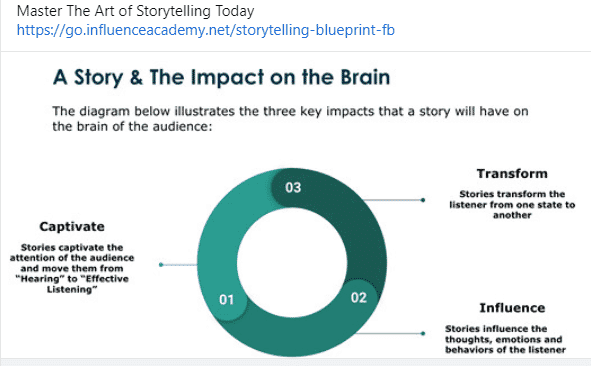
Story and the brain

Story cycle, following a pathway.
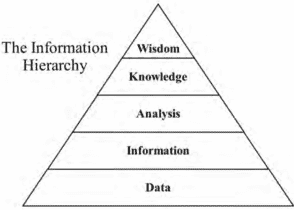
Moving beyond the bits and getting to wisdom.

Flow chart for the writing process.
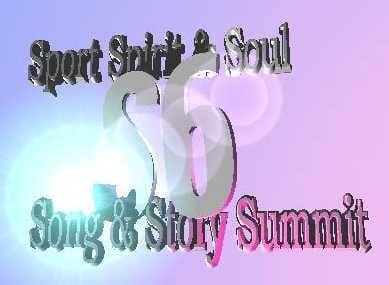
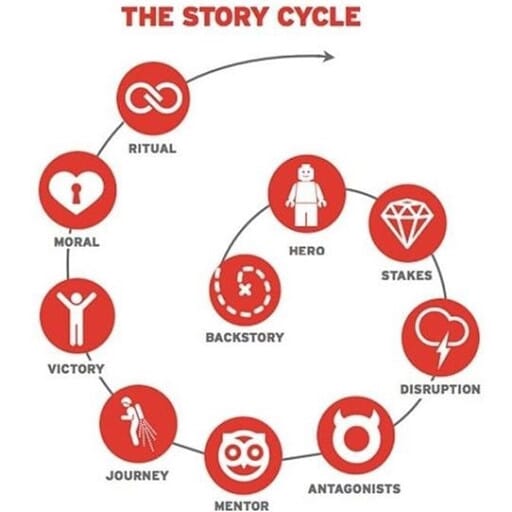
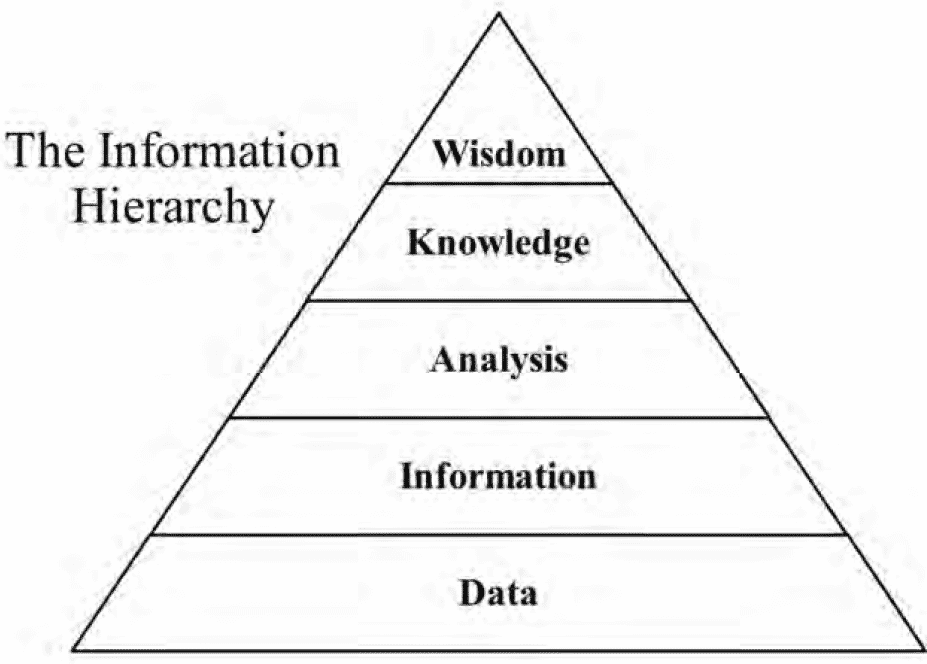

Seven types of stories.
🎯 The Heroes Journey
🎯 In Medias Res
🎯 Flashbacks
🎯 Kishoutenketsu
🎯 Third-person narration
🎯 Framing
🎯 Yokai